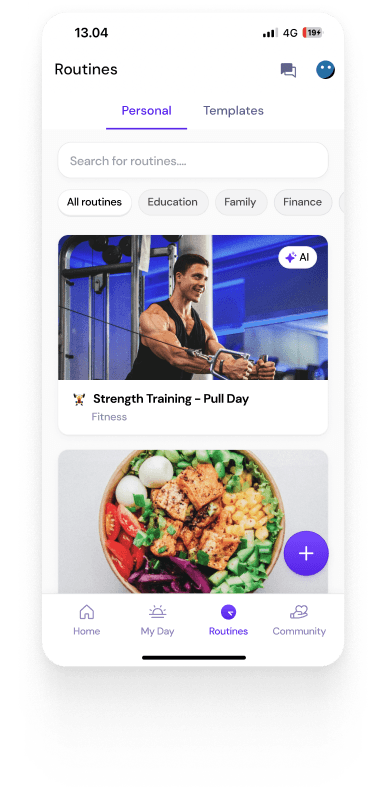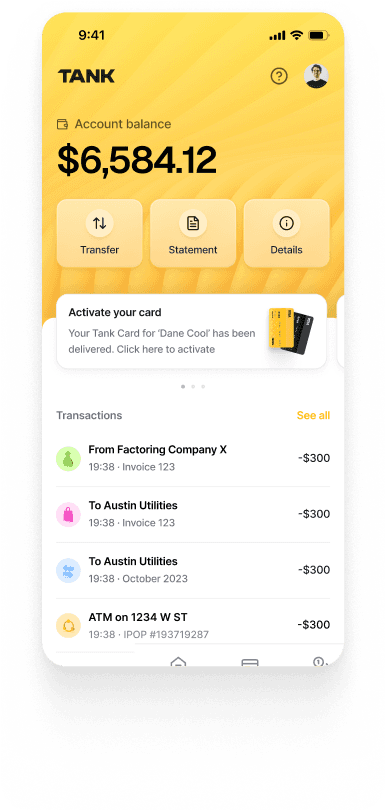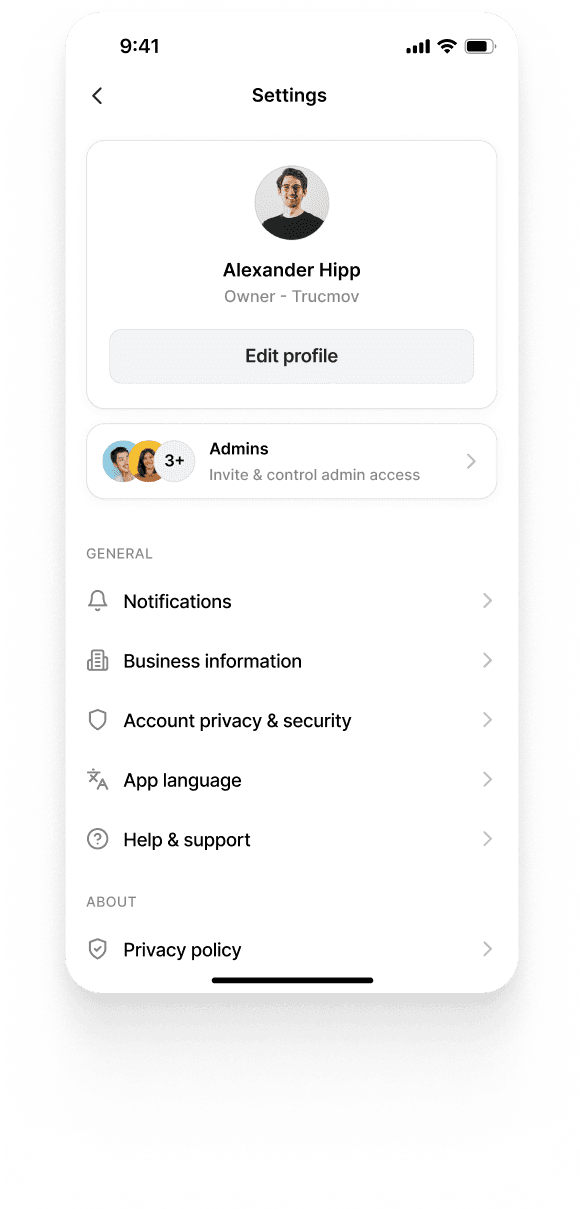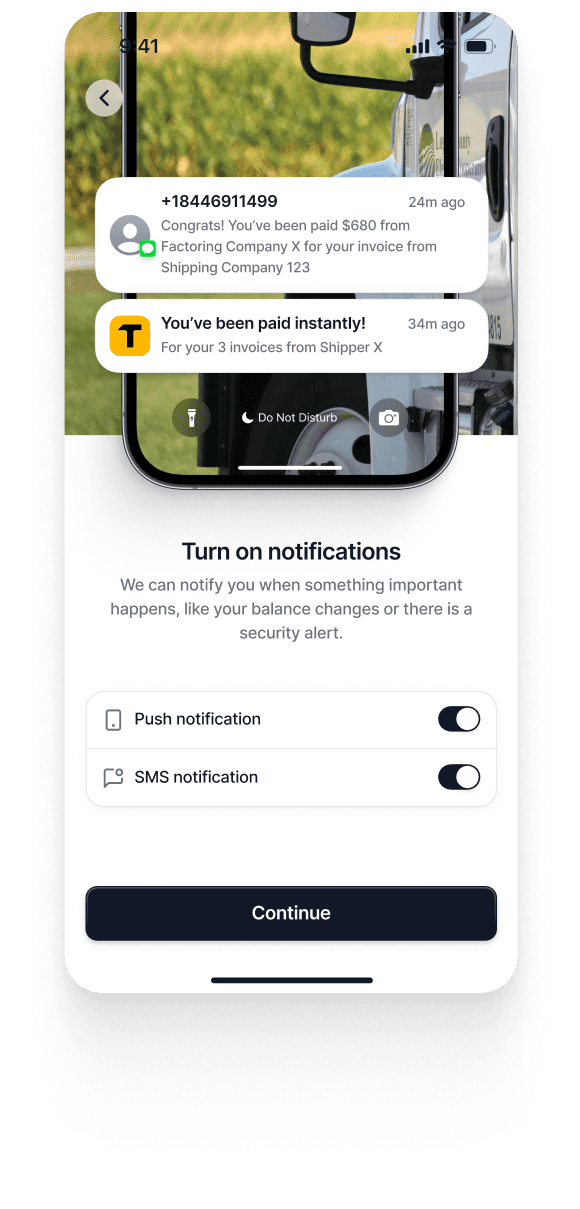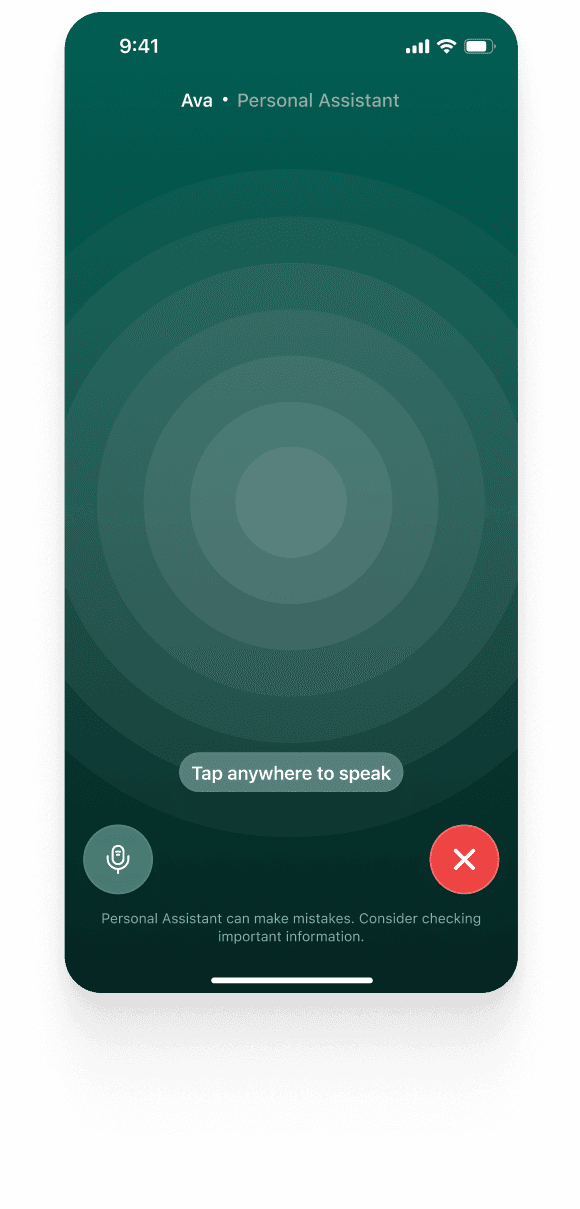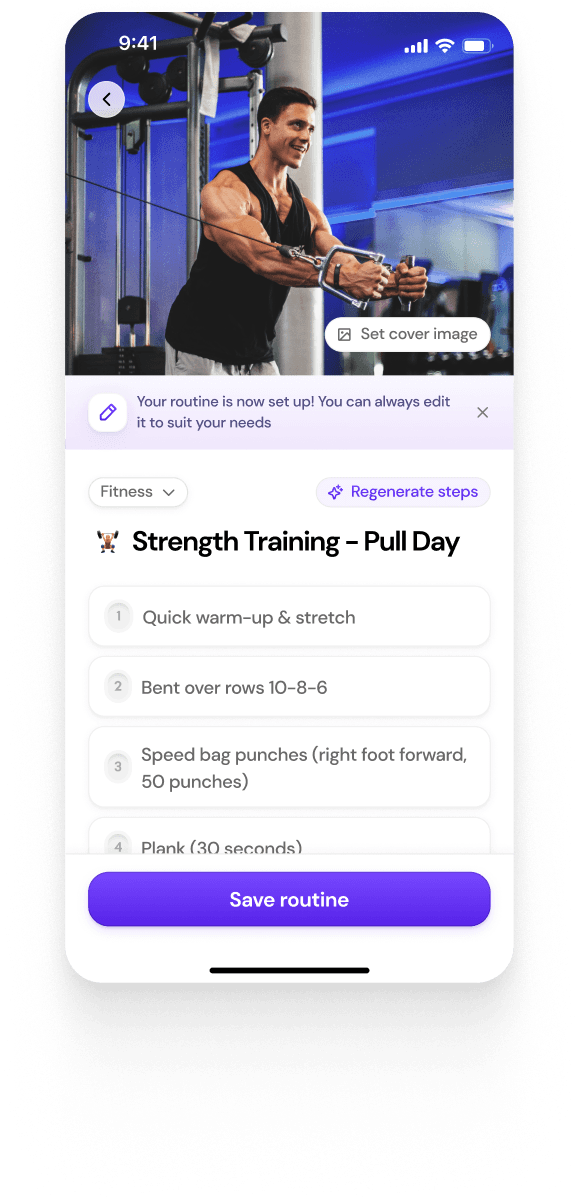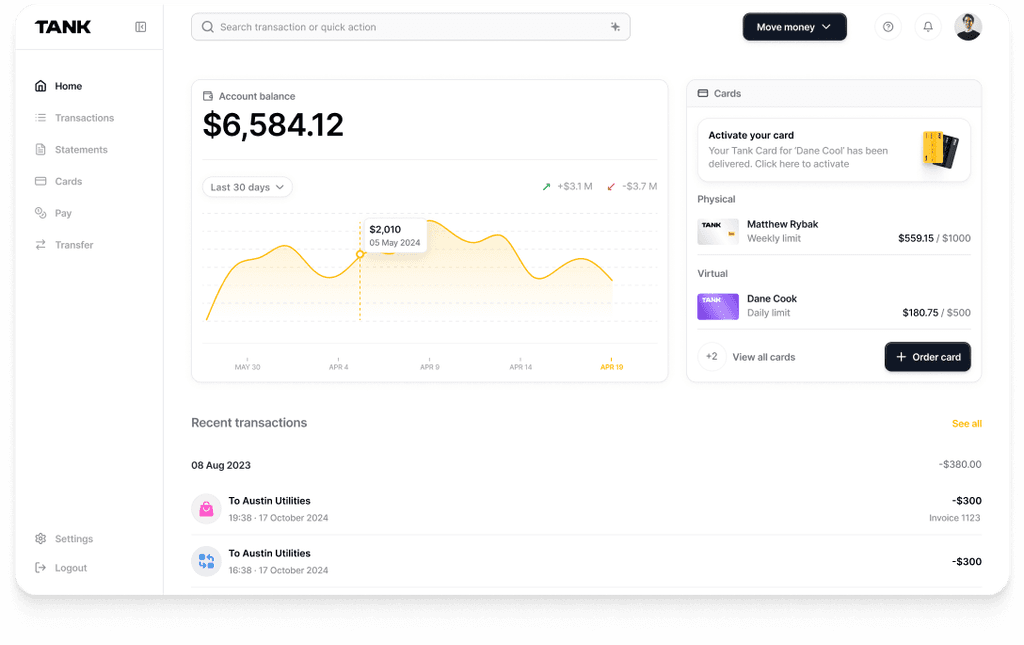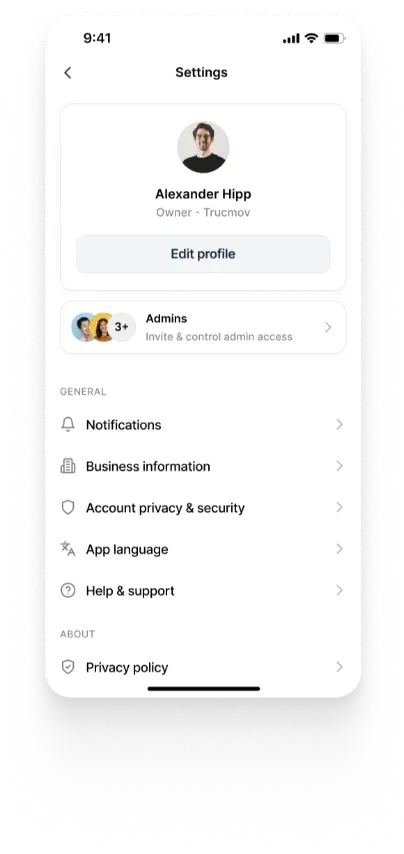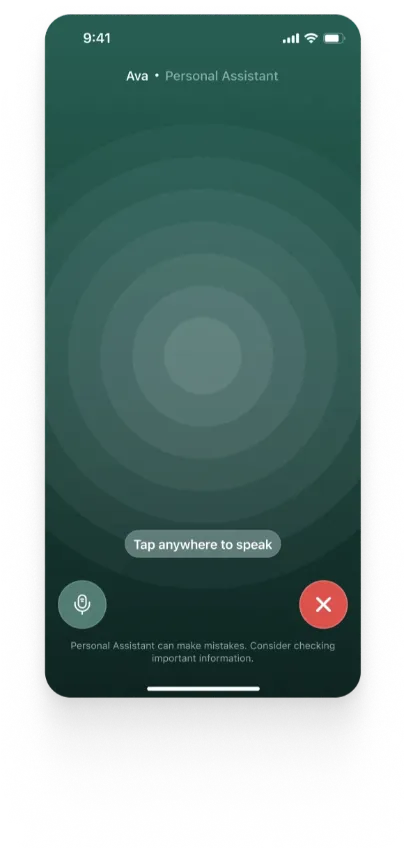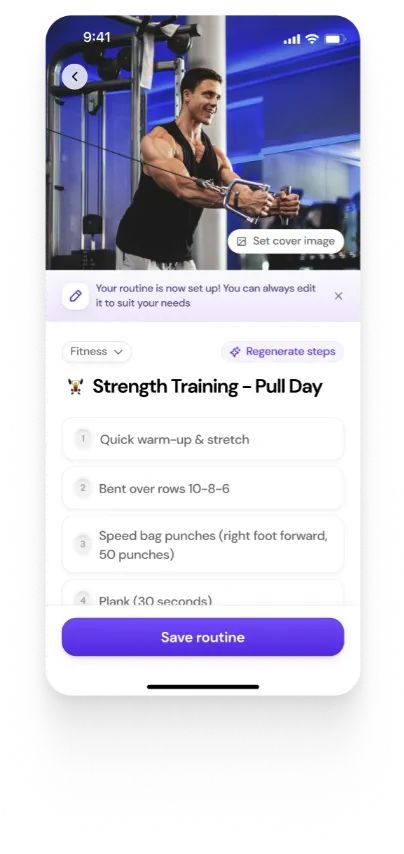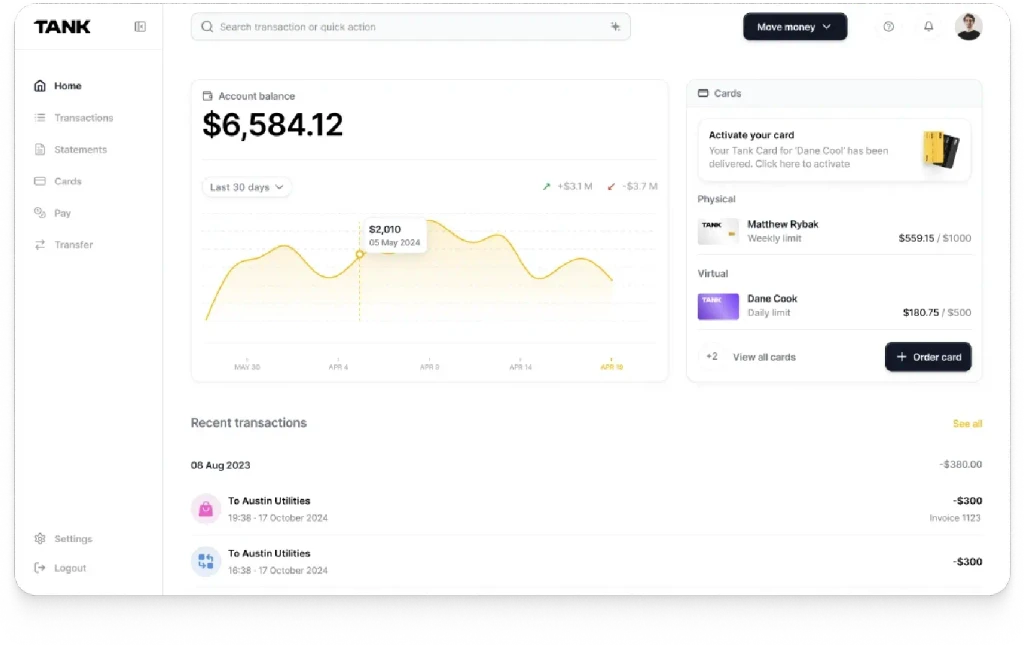Cybersecurity Frameworks for AI-powered Applications
Summary
AI-powered systems face unique security threats—like data poisoning and model inversion—that traditional frameworks can't address. Adapting models like NIST CSF or using AI-specific tools like NIST AI RMF and MITRE ATLAS is critical for secure deployment.
Key insights:
AI-Specific Threats: Attacks like model inversion, data poisoning, and adversarial inputs target AI’s core components.
Framework Gaps: Existing models like NIST CSF and ISO 27001 lack controls for dynamic AI behaviors and model-centric risks.
AI RMF Emerges: NIST’s AI RMF guides secure, ethical AI adoption with governance, risk mapping, and lifecycle-specific safeguards.
MITRE ATLAS Role: ATLAS tracks real-world AI-specific TTPs, aiding proactive defense through community-driven intelligence.
Securing MLOps: Safe AI requires hardened pipelines, versioned models, access controls, and continuous validation.
Governance & Red Teaming: Robust logging, dynamic threat modeling, and adversarial testing are essential to secure deployment.
Introduction
AI-powered applications, such as machine learning models deployed in production, AI-driven APIs, and autonomous systems, are becoming central to modern digital infrastructure. These systems are capable of making decisions, adapting to new data, and interacting with users in complex ways, often without human oversight. As their adoption grows across industries like healthcare, finance, transportation, and cybersecurity itself, so do the risks they introduce.
Traditional cybersecurity frameworks were not designed with AI in mind. They typically focus on securing static systems, servers, networks, and applications, where behavior is predictable, and code paths are relatively fixed. In contrast, AI systems are probabilistic, data-dependent, and constantly evolving. This introduces unique challenges, including adversarial attacks on models, data poisoning during training, model inversion, and exploitation of AI biases. These attack surfaces don’t neatly fit into conventional threat models or control matrices.
Given this mismatch, there is a pressing need to adapt existing frameworks or create new ones that account for the distinct nature of AI systems. Effective AI security requires a combination of data governance, model integrity, ethical constraints, and dynamic monitoring. Without updated cybersecurity frameworks tailored to AI, organizations risk deploying powerful but insecure technologies that can be exploited in novel and damaging ways.
Unique Threats in AI Systems
AI systems introduce novel attack surfaces that go beyond those addressed by traditional cybersecurity models. These threats exploit the very components that make AI powerful, its data, models, and adaptability, and can lead to serious breaches, manipulation, or even systemic failures.
1. Adversarial Attacks
Unlike traditional software, AI models can be manipulated through subtle, often imperceptible changes to input data. Evasion attacks cause a model to misclassify data (e.g., a stop sign recognized as a speed limit sign), while poisoning attacks inject malicious data during training to degrade performance or embed backdoors. These attacks are difficult to detect and defend against using conventional tools.
2. Model Inversion and Extraction
Attackers can reverse-engineer an AI model to extract sensitive training data (inversion) or recreate the model itself (extraction). This threatens intellectual property and exposes confidential data used during training, such as personal medical or financial records.
3. Data Privacy Leakage
AI models, especially ones trained on massive datasets, can unintentionally memorize and leak sensitive information. Prompt-based leakage in language models or membership inference attacks can expose user data, violating privacy regulations and undermining trust.
4. Bias and Algorithmic Manipulation
AI systems can inherit or amplify biases present in training data. Malicious actors can also manipulate inputs or datasets to influence decision-making, causing, for example, a loan approval system to unfairly favor certain groups. These manipulations may go unnoticed without robust fairness and ethics checks.
5. Supply Chain Risks
AI applications often rely on third-party components such as pre-trained models, open-source libraries, and external APIs. These elements can introduce hidden vulnerabilities or backdoors, especially if their integrity isn't verified. A compromised model or poisoned dataset can corrupt the entire AI pipeline.
Existing Cybersecurity Frameworks
While AI-specific security frameworks are still emerging, several established cybersecurity models offer foundational principles that can be extended to AI systems. However, these frameworks were not designed with AI’s probabilistic and adaptive nature in mind, which limits their direct applicability. Understanding their strengths and gaps is essential for organizations seeking to secure AI-powered applications.
1. NIST Cybersecurity Framework (CSF)
The NIST CSF provides a high-level structure organized around five core functions: Identify, Protect, Detect, Respond, and Recover. While not AI-specific, it can be adapted to AI systems by mapping each function to AI lifecycle stages. For instance, “Identify” might involve asset management of training datasets and models, while “Protect” could include techniques like adversarial training or differential privacy. However, NIST CSF lacks concrete controls for AI-specific threats like model inversion or data poisoning.
2. ISO/IEC 27001 & 27005
ISO/IEC 27001 focuses on information security management systems (ISMS), and ISO/IEC 27005 emphasizes risk management. These standards offer a structured, governance-driven approach that helps manage AI-related risks, especially in regulated industries. They support risk assessment and treatment planning, which can be tailored for AI by incorporating model-specific threat modeling. Still, these frameworks assume relatively static assets and do not fully capture the evolving, data-driven behavior of AI.
3. MITRE ATT&CK
MITRE ATT&CK is a comprehensive knowledge base of adversary tactics, techniques, and procedures (TTPs), primarily focused on traditional IT systems. While increasingly influential in threat intelligence and detection, it only recently began integrating AI-specific tactics. For example, techniques like data poisoning, adversarial input crafting, or model evasion have yet to be systematically categorized. There is a growing need for an AI-focused extension of ATT&CK that addresses these attack vectors.
4. OWASP Top 10 for Machine Learning (ML/AI)
OWASP has developed a draft “Top 10” list tailored to machine learning systems, highlighting vulnerabilities such as insecure data pipelines, model theft, and adversarial samples. This is one of the few efforts explicitly focused on AI/ML security and serves as a valuable starting point for risk assessment in AI contexts. However, it is still in development and lacks widespread adoption or integration into broader governance frameworks like NIST or ISO.
5. Zero Trust Architecture (ZTA)
ZTA is a security model that assumes no implicit trust and verifies every access request regardless of origin. While ZTA is increasingly applied to cloud-native and API-driven systems, adapting it to AI requires treating models as assets with strict access controls, audit logging, and identity-based usage policies. Zero Trust principles can help protect APIs exposing ML models or control who can access sensitive training data, but do not inherently address AI’s dynamic decision logic or training-time vulnerabilities.
AI-Specific Security Approaches
1. AI RMF (NIST AI Risk Management Framework)
The NIST AI Risk Management Framework (AI RMF) is a voluntary, flexible guide developed to help organizations manage risks across the entire AI lifecycle, from development and deployment to ongoing use and decommissioning. Released in January 2023 and updated with a Generative AI Profile in July 2024, it was created in response to growing concerns around AI safety, ethics, and regulation.
The framework helps address key challenges like bias, privacy violations, security vulnerabilities, and lack of transparency, issues made more urgent by rising AI adoption and regulations such as the EU AI Act and CCPA. It emphasizes that trusted AI must be secure, explainable, fair, and accountable.
The AI RMF is organized into two parts:
Part 1 defines trusted AI principles and outlines common risk types.
Part 2 of the NIST AI RMF introduces four core functions to help organizations operationalize AI risk management: Govern, which focuses on establishing roles, responsibilities, and policies; Map, which involves identifying and assessing risks across the AI lifecycle; Measure, which evaluates risk exposure, system performance, and effectiveness; and Manage, which addresses the mitigation, monitoring, and continuous improvement of AI systems.
Supporting tools like the Playbook, Roadmap, Crosswalks, and Use Cases help organizations adapt the framework to their specific needs.
In essence, the AI RMF offers a structured, proactive way to align AI systems with ethical and regulatory standards, enabling organizations to deploy AI securely, responsibly, and with public trust.
2. MITRE ATLAS
MITRE ATLAS is a living, community-driven knowledge base that maps real-world threats, tactics, and techniques targeting AI-enabled systems. Modeled after and complementary to MITRE ATT&CK®, ATLAS extends the cybersecurity threat landscape to include the unique and rapidly evolving vulnerabilities in artificial intelligence.
ATLAS captures insights from actual attack observations, red team exercises, and research, helping organizations better understand how adversaries exploit AI systems. Its primary goal is to support the development of secure, trustworthy, and resilient AI by enabling defenders to anticipate, detect, and mitigate AI-specific threats.
Key Features of MITRE ATLAS
MITRE ATLAS features 15 tactics, 115 techniques, and 26 mitigations specifically tailored to AI-related threat scenarios, along with 32 real-world case studies showcasing how AI systems have been targeted or compromised. It is designed to address risks that go beyond traditional cybersecurity boundaries—such as model poisoning, evasion, inversion, and bias exploitation. The framework is continuously updated with insights and contributions from AI red teams, security researchers, and industry partners, ensuring it stays current with the evolving AI threat landscape.
ATLAS plays an essential role in bridging the gap between AI development and cybersecurity, offering actionable insights for practitioners working on AI security, compliance, and assurance. By joining the ATLAS community, organizations can help shape the future of AI threat modeling and defense.
Integrating AI into Traditional Frameworks
To effectively secure AI-powered applications, organizations must adapt traditional cybersecurity frameworks to accommodate the unique characteristics of AI systems. This involves extending existing models, like the NIST CSF, to the AI lifecycle, implementing secure MLOps practices, and enhancing governance mechanisms to address AI-specific risks.
1. Mapping the AI Lifecycle to NIST CSF Functions
The AI development and deployment lifecycle, data collection, training, validation, deployment, and monitoring, can be mapped to the five NIST CSF functions:
Identify: Catalog AI assets such as datasets, models, and training pipelines. Conduct risk assessments specific to AI components, including data provenance, model explainability, and potential for bias or adversarial exploitation.
Protect: Secure training data and model artifacts with encryption, access controls, and versioning. Implement adversarial training, input validation, and model hardening to mitigate manipulation.
Detect: Monitor AI behavior in production for anomalies, model drift, or signs of adversarial input. Detection capabilities must evolve to include statistical and semantic analysis of input/output patterns.
Respond: Develop incident response plans tailored to AI systems, e.g., procedures for rolling back compromised models, retraining on clean datasets, or isolating poisoned data pipelines.
Recover: Ensure continuity by maintaining model backups, audit trails, and retraining workflows. Recovery plans must account for restoring not only system availability but also model integrity and trustworthiness.
2. Secure Data Pipelines and MLOps Practices
To secure the AI development lifecycle, organizations should begin by using data validation and sanitization tools to prevent the injection of malicious samples during data ingestion. Strict access controls, integrity checks, and versioning must be applied across both data and model repositories to ensure the authenticity and traceability of all components. At every stage of the machine learning workflow, automated testing should be implemented to evaluate adversarial robustness, fairness, and regulatory compliance. Additionally, integrating security gates into CI/CD pipelines is essential to enforce policy checks and prevent the promotion or deployment of models that fail to meet security and ethical standards.
3. Governance, Logging, and Auditing AI-Specific Events
Effective governance and observability in AI systems require comprehensive logging of model inputs, outputs, confidence scores, and decision paths, while maintaining strict adherence to data privacy regulations. Organizations should maintain detailed audit trails that track changes to datasets, model updates, and hyperparameter tuning activities. Governance policies must clearly define who has the authority to access, modify, or deploy AI components, ensuring accountability and minimizing insider threats. Additionally, regular AI-specific risk assessments and thorough documentation should be conducted to align with evolving compliance standards such as GDPR, HIPAA, and the EU AI Act.
Best Practices
A strong foundation for securing AI-powered systems starts with secure model training and validation. The training phase is one of the most vulnerable parts of the AI lifecycle. It is essential to ensure data used in training is clean, diverse, and up-to-date. Organizations should implement strict validation procedures and expose models to adversarial training, where malicious or manipulated inputs are intentionally introduced during development. This helps models learn to recognize and resist real-world threats such as evasion attacks and data poisoning. Alongside this, strong data governance policies must be established early in the AI adoption process, including encryption, anonymization, and stakeholder involvement to ensure responsible and privacy-aware data use.
Access control for AI components is another critical best practice. AI assets, including datasets, model code, training pipelines, and APIs, must be treated as sensitive components within an organization’s infrastructure. Implementing role-based access control (RBAC), audit logging, and secure authentication mechanisms ensures that only authorized personnel can interact with these components. Governance must define who can view, modify, retrain, or deploy models, and every access event should be traceable.
To ensure model reliability and operational resilience, organizations should implement comprehensive model and dataset versioning. Version control allows teams to track changes, audit updates, and roll back to a previous version in the event of performance degradation, adversarial compromise, or misconfiguration. Rollback plans should be tested as part of incident response exercises to ensure that recovery can be executed quickly without disrupting operations.
Given the evolving nature of AI threats, continuous threat modeling is essential. Unlike traditional systems, AI behavior can shift based on incoming data, model updates, or retraining efforts. Regularly updating threat models to include new AI-specific risks, such as model inversion, membership inference, or bias exploitation, is critical. Organizations should use dynamic threat modeling tools and approaches that align with their MLOps lifecycle and operational environment.
Finally, red teaming AI systems is an emerging best practice that simulates real-world adversarial scenarios to uncover weaknesses before attackers do. AI-focused red teams should test the system for vulnerabilities like model evasion, data poisoning, API abuse, and bias amplification. These exercises not only improve the technical robustness of AI systems but also help evaluate how well organizational processes and human oversight can respond to an AI-targeted incident. In conjunction with regular testing, explainability tools, compliance checks, and human-in-the-loop validation, red teaming helps build trust and accountability into AI deployments.
Conclusion
The urgency of securing AI systems cannot be overstated. As AI continues to power critical infrastructure and decision-making across industries, the risks it introduces, if left unaddressed, can lead to serious technical, ethical, and societal consequences. Organizations must act now to embed security into every stage of the AI lifecycle.
This effort demands proactive alignment between security teams, machine learning engineers, and DevOps practitioners. AI cannot be treated as a separate domain; it must be integrated into existing security strategies with shared responsibility and continuous collaboration.
Authors
Secure AI from the Ground Up
Walturn brings deep expertise in AI and product engineering to help you build resilient, trustworthy AI systems with security at their core.
References
Graf, William, and Mike Lloyd. “AI Cybersecurity Best Practices: Meeting a Double-Edged Challenge.” Ivanti.com, Ivanti, 17 Oct. 2024, www.ivanti.com/blog/ai-cybersecurity-best-practices-meeting-a-double-edged-challenge.
MITRE. “MITRE | ATLAS.” Atlas.mitre.org, atlas.mitre.org/.
“NIST AI Risk Management Framework: A Tl;Dr.” Wiz.io, Wiz.io, 31 Jan. 2025, www.wiz.io/academy/nist-ai-risk-management-framework.
OWASP. “OWASP Machine Learning Security Top Ten | OWASP Foundation.” Owasp.org, 2023, owasp.org/www-project-machine-learning-security-top-10/.














